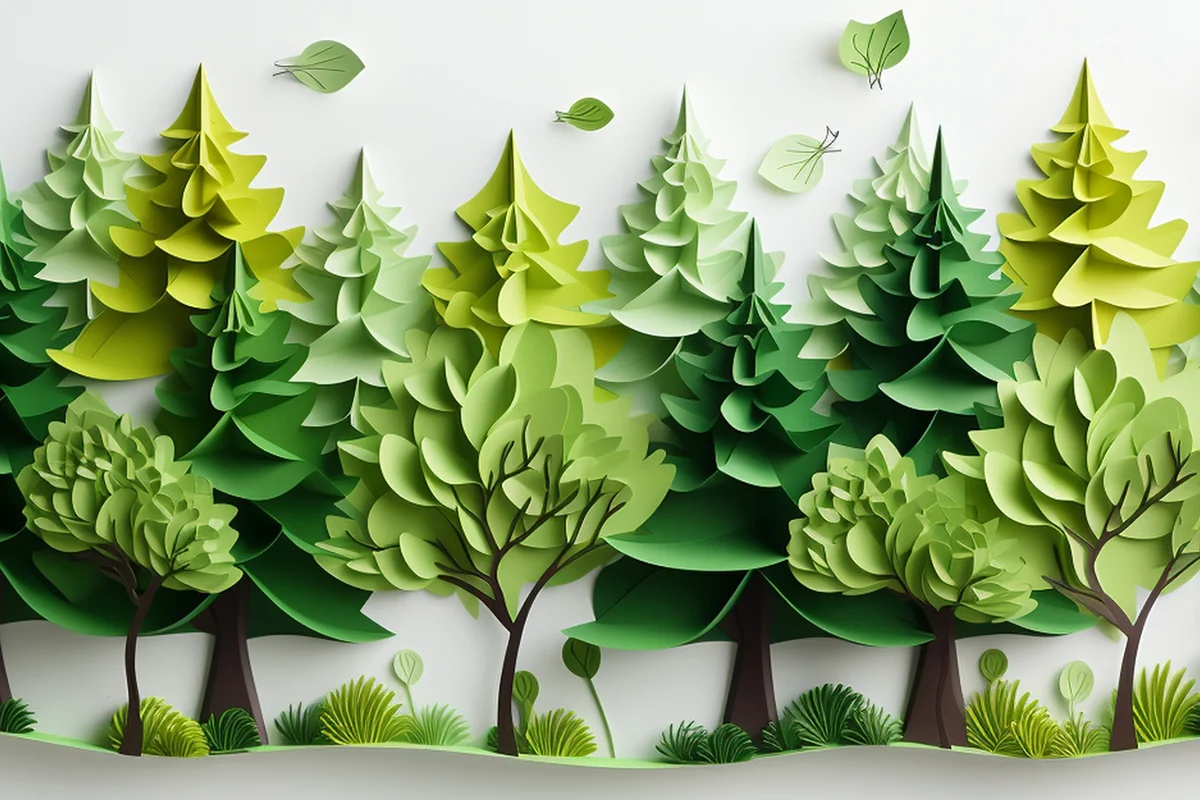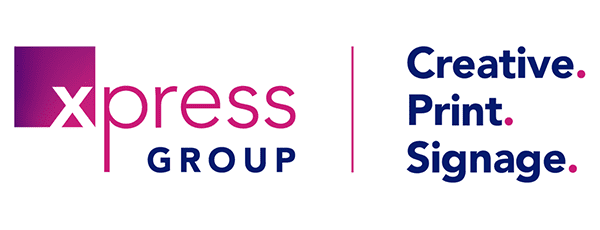
17 Jan Exploring the Sustainability and Innovation in Modern Printing Practices
Eco-Friendly Printing: The Future of Litho and Digital
Given our ever-increasing global population, the UN predicts that we will need the equivalent of three worlds by 2050, assuming we have 9.8 billion people on Earth. In other words, we may be running out of resources to sustain us.
We referenced these staggering climate change statistics from the United Nations in a previous news article, and this educated estimate is so striking that we felt it was worth repeating.
While the UK was the first major economy to pass the 2050 net zero goal into law, hence the importance of the date, the consensus is that there’s still a long way to go.
Consumer awareness and discussions about climate change have come and gone – and come back again – for decades.
Pointing Towards Printing
However, in recent years, the spotlight has turned towards the printing sector; printing businesses are keen to display their environmental credentials. Although this industry is far from the biggest offender, it still generates billions of tons of paper each year, for example – and that means an awful lot of energy, water and chemicals.
And yet, printing companies are making strenuous efforts towards more sustainable processes.
It’s become so much more than a buzzword or just a few token efforts. Innovations and new practices have delivered fundamental changes. So, how eco-friendly are digital and litho printing processes in 2024, and how green can they realistically become in future years?
What Exactly IS Sustainability in Printing?
In a nutshell, sustainability means using natural resources to fulfil our commercial and economic needs while preserving them for the generations coming up after us.
In printing, we could look at the materials and equipment used, the printing activity itself, and waste management as meaningful areas to improve and expand on.
Firstly, let’s examine:
Digital Printing
This contemporary technique uses toner or inkjet technology to produce high-quality prints directly from digital files onto media substrates such as canvas, fabric, card and paper. Digital printing can reduces waste:
- An excellent choice for short-run printing and on-demand printing
- The technology doesn’t require printing plates, which degrade with use
In addition, digital printers consume less energy and produce less CO2 than their more traditional off-set counterparts.
Litho Printing (Offset Lithography)
Here, we have a more traditional method using pre-mixed wet ink and printing plates, each of which has an image burned into them. This is transferred onto rubber “blankets” attached to a drum and then onto the printed surface.
This technique is ideal for large print runs and, despite its initial waste and energy consumption, can be more planet-friendly as the impact per printed unit decreases with volume – thus balancing out its upfront environmental costs.
What Does the Future Hold?
Some of these methods are already here, and as a responsible printer, we look forward to a wider take-up.
Eco-Friendly Inks. Made from alternative raw materials, including vegetables such as soy, these innovative inks avoid altogether the petroleum pigments found in standard products. Colorado State University has even developed an ink from algae. And, as there’s plenty of algae under the sea (at least at the moment), there’s no supply problem.
Have you heard of waterless-based inks? This offset printing method eliminates the water or dampening system for keeping the non-image area free of ink. Instead, it uses a layer of silicon that repels the ink.
Paper.
Recycled paper is a lot more affordable and accessible than it used to be. Likewise, paper products from responsibly managed forests could, and perhaps should, be a part of our future. Also, there’s a move towards materials that can either degrade completely or be recycled. What’s more, the materials to do this don’t need any chemicals.
Tree-free paper is on the horizon. Made from wheat, bamboo, straw, jute or agricultural waste, it looks to be an impactful green product for the printing sector.
What About Working Practices?
It’s not just what we do; it’s how we do it that matters.
Workflow automation is all about optimisation and efficiency. With the technology to maximise productivity and reduce errors, the results could be significant: energy reduction, fewer materials used and less waste.
Logistics and delivery systems should, in an ideal world, be reaching peak organisation and efficacy. Developing a five-star inventory management process could streamline and rationalise everything, delivering fewer carbon emissions and, again – much less waste.
There could be a move towards designs being re-used with minimal or no changes, thus lowering the use of materials and resources.
What Does the Future Hold in Digital and Litho Printing? Our Take-Aways
In Xpress Group’s opinion, sustainability will remain a solid focal point. Demand for print may fluctuate, so the sector needs to put its best foot forward. Why? Because as well as being environmentally aware, it makes business sense, too:
- Print buyers’ decision-making criteria may well include greener printing standards and values, not least from the public sector. The shift in attitudes is here to stay.
- Further, the concept of technologies that can produce more for less isn’t going to go away any time soon.
- We think it’s important to be ready now to take advantage of further improvements and innovations when they arrive at our door. Let’s work towards designing out waste and pollution for a better world for all.
